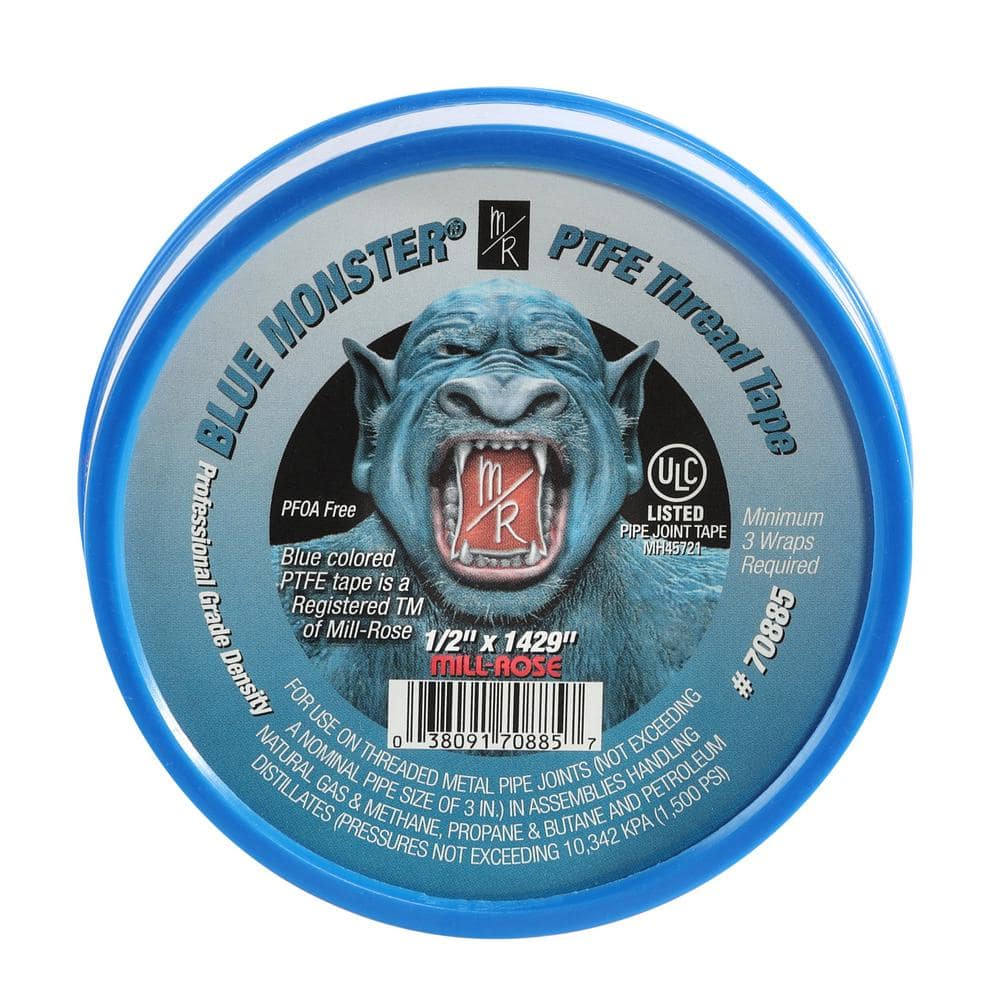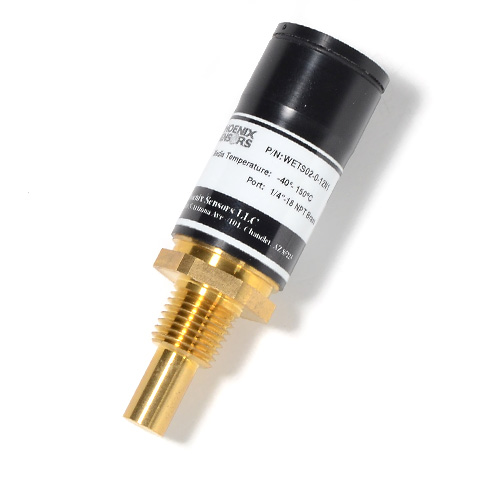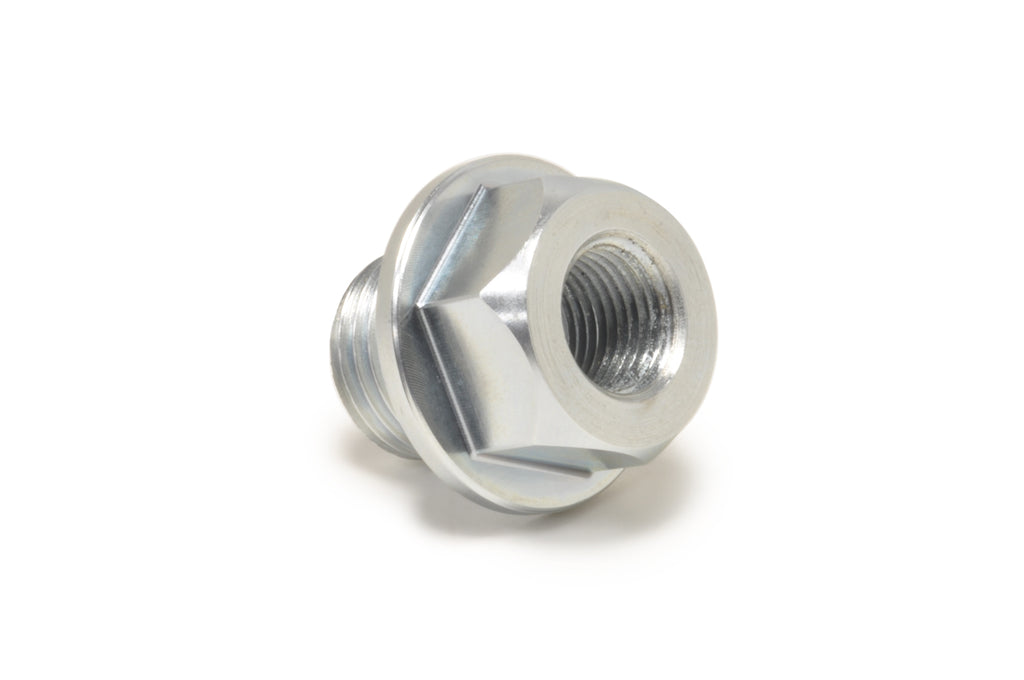I'm installing a brass oil temp sensor in my oil drain plug. The oil drain plug is tapped properly for a 1/8" NPT sensor and is made of mild steel. I've been trying to read up on possible reactions between the brass and mild steel that can cause corrosion. Does anyone have experience using a similar setup and is there reason to be concerned about threading a brass sensor into mild steel?
You are using an out of date browser. It may not display this or other websites correctly.
You should upgrade or use an alternative browser.
You should upgrade or use an alternative browser.
Oil Temp Sensor - Brass sensor, Mild steel bolt - corrosion?
- Thread starter Jhebb
- Start date
Being NPT, are you going to use tape or sealant(pipe dope)? Either one of those would mitigate any concerns I had with dissimilar metals.
JHZR2
Staff member
There are some thicker ones. Yellow intended for natural gas, and a grey one too. I’d look at those.Is there a sealant that is reasonable to use in this application?
I was going to use Teflon tape. I'm not sure if I should be using standard teflon tape or tape made for steel applications.
I like the Blue Monster tape, it is thicker and works good.


Blue Monster 1/2 in. x 1429 in. PTFE Thread Seal Tape 70885 - The Home Depot
Blue Monster PTFE Thread Seal Tape is a blue color-coded, professional-grade density thread sealing tape for thousands of applications. Blue Monster is not to thick and not too thin. It was developed by Mill-Rose in response to the demand for a higher-quality PTFE thread sealing tape that is...
www.homedepot.com
Does this sensor ground through the threads? If so, be careful about what thread sealer you use. I'd probably avoid tape and there are conductive sealants out there.
- Joined
- Nov 29, 2023
- Messages
- 554
Yes, this:Is there a sealant that is reasonable to use in this application?
If you notice the threads cut through the tape and make the contact. I would never use tape on an oil pressure sender or anywhere in the oil galley but the pan is no problem when used in small tightly wound amounts.
Can you link to the drain plug and temp sensor you bought?I decided to get the high temp permatex sealant and I'll let it sit for a few days before it's put in. Thanks everyone
So I ended up going a path that I have not seen traveled previously. I have a S2000 that I'm tracking but I also autocross and drive on the street. I'm installing an oil cooler on it and am somewhat concerned of temps getting too low on street highway driving and possibly for autocross events. Obviously good to monitor temps on track but I'm pretty sure my 19 row Setrab cooler will be sufficient to keep things in check for 25 minute sessions on a car that I've already run in stock form. The purpose of my temp gauge is moreso to monitor the extremes than be sitting there looking at it. I'd like to hopefully cure thermal runaway or at least minimize to to keep things below like 240 degrees or so for longevity. I didn't particularly want a gauge or to setup wiring, blah, blah... The sandwich plate I'm using on the oil cooler has a 200 F thermostat where just about every other one I found on the market was 180F. I couldn't find a 200 F sandwich plate with a sensor provision hence I went with the drain bolt plug. I'd prefer to monitor at the sandwich plate but hoping the pan will work out fine.Can you link to the drain plug and temp sensor you bought?
I did some searching and found a wireless temp gauge that connects to an app on your phone. The same company offers a pressure sensor as well, if needed. They claim auto is a good application for their sensors and picture a C6R. Sensor was $185 and I had to email them to get an invoice and have on sent out. They were pretty responsive. I have yet to truly use it but their app is good enough and looks like it'll log some temps. Check the Phoenix Sensors link for their site. Below that is the link for the drain bolt tapped for a sensor.

Wireless Temperature Transducer WETS02 | Data Collection and Storage
wireless temperature sensor, bluetooth wireless sensors, wireless temperature sensors, OEM wireless temperature sensors, Temperature transducers

STM Oil Pan Drain Plug with 1/8
The STM M14x1.5 engine oil pan drain plug is machined with an 1/8" NPT temperature sensor provision to allow you to install a temp sensor right into your drain plug. The plug itself has a M14x1.5 thread which fits most Mitsubishi including DSM, Evo and 3S and some Honda, Acura and Mazda models.
Awesome. Thanks for the info. I’m very interested in the data you get.
Thread dope. I'll have to look for it to tell you the product name.Corrosion due to dissimilar materials is not an issue if water doesn't get into the threads.
I found a tube of Loctite 592. I think that's what I used on a brass oil sensor. I think it's similar to the Permatex thread sealant shown. above.
Any success with this?So I ended up going a path that I have not seen traveled previously. I have a S2000 that I'm tracking but I also autocross and drive on the street. I'm installing an oil cooler on it and am somewhat concerned of temps getting too low on street highway driving and possibly for autocross events. Obviously good to monitor temps on track but I'm pretty sure my 19 row Setrab cooler will be sufficient to keep things in check for 25 minute sessions on a car that I've already run in stock form. The purpose of my temp gauge is moreso to monitor the extremes than be sitting there looking at it. I'd like to hopefully cure thermal runaway or at least minimize to to keep things below like 240 degrees or so for longevity. I didn't particularly want a gauge or to setup wiring, blah, blah... The sandwich plate I'm using on the oil cooler has a 200 F thermostat where just about every other one I found on the market was 180F. I couldn't find a 200 F sandwich plate with a sensor provision hence I went with the drain bolt plug. I'd prefer to monitor at the sandwich plate but hoping the pan will work out fine.
I did some searching and found a wireless temp gauge that connects to an app on your phone. The same company offers a pressure sensor as well, if needed. They claim auto is a good application for their sensors and picture a C6R. Sensor was $185 and I had to email them to get an invoice and have on sent out. They were pretty responsive. I have yet to truly use it but their app is good enough and looks like it'll log some temps. Check the Phoenix Sensors link for their site. Below that is the link for the drain bolt tapped for a sensor.

Wireless Temperature Transducer WETS02 | Data Collection and Storage
wireless temperature sensor, bluetooth wireless sensors, wireless temperature sensors, OEM wireless temperature sensors, Temperature transducersphoenixsensors.com

STM Oil Pan Drain Plug with 1/8
The STM M14x1.5 engine oil pan drain plug is machined with an 1/8" NPT temperature sensor provision to allow you to install a temp sensor right into your drain plug. The plug itself has a M14x1.5 thread which fits most Mitsubishi including DSM, Evo and 3S and some Honda, Acura and Mazda models.stmtuned.com
Well, everything is installed and I've done my first track day. I am getting data from the sensor. It has been driven and tracked in washout conditions. It's had oil poured on it and it's still reliably connecting via bluetooth. That's pretty cool. I'm not sure what to do with the data that I'm receiving. For one, I am not inherently familiar with Celsius temps and that's all it displays in. Easy enough to convert and stuff but hard to naturally gauge where I'm at.Any success with this?
Ambient temps were 30F-50F. Highway driving done, with cooler blocked in 30-35F temperatures, gave lower readings than I'd like. On the highway, I was seeing mostly 120F readings on steady state. When I'd stop for a few minutes at a red light, it would read between 140-160 F. On track, with the cooler blocked, I did get up to 200F after a session when I pulled into the paddock. I'm not sure what to do with these readings. I do think they're artificially low given how much they come up once I stop moving. 20+ degree C swings were the norm just from stopping and I think it's merely the local temperature/cooling of the pan and the sensor. I'm not sure what I could do to change it other than using some type of insulation on the exposed portion of the sensor. The ultimate thing I'm not sure of is if I'm dangerously low on temps or if it's data error.
Similar threads
- Replies
- 13
- Views
- 3K
- Replies
- 8
- Views
- 2K
- Replies
- 33
- Views
- 2K
- Replies
- 6
- Views
- 2K
